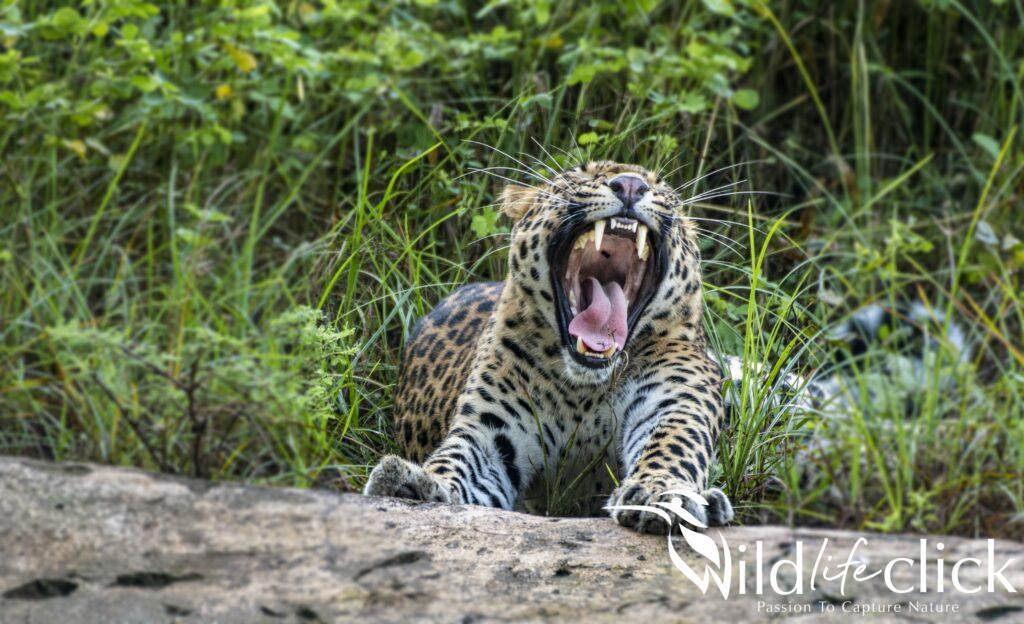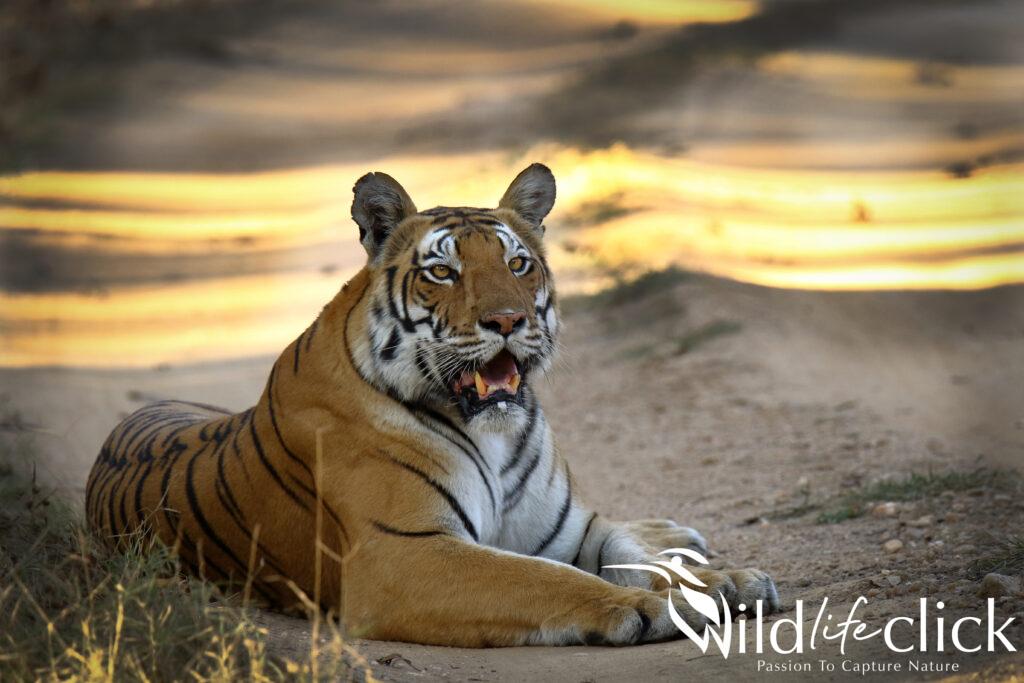One day my friend asked me that what I get from the picture or wildlife as a Wildlife lover and photographer, I told him that if I or we (who are the type mine) love to take wildlife photography or do not take any photos then how can next-generation will identify this bird is crow, parrot, this is the picture of Tiger, Leopard, etc. He thinks and agreed. From that day, he doesn’t ask me any questions about this matter. When you hear the term “wildlife,” your mind draws a picture of animals, but many guidelines on conservation or similar areas include flora as well as fauna. These living things are not introduced by humans but are found wild. Different wildlife lives in every ecosystem, including forests, oceans, deserts, and many more. Why does wildlife matter? Wildlife photography is a challenge, but it’s also a lot of fun and it is one of the most exciting photographic genres out there. But it can be difficult to get started as a wildlife photographer because of all the gear, technical know-how, and additional knowledge required.
Wildlife maintains balance in ecosystems: Every living thing is connected. If even just one organism becomes threatened or extinct, it has a domino effect on an entire ecosystem. It disrupts the food chain, sending shockwaves through the environment. It’s also important to know that threats to species rarely happen in isolation. The things that threaten, say, honeybees also threaten other pollinators. All wildlife must be protected for ecosystems to flourish.

NIKON D500 & 200-500 mm, f. 7.1, 1/800, ISO-320 from PANNA, MP by Mr. Palash Kanti Barik
Variability means strong ecosystems: At the time of discussing wildlife, you’ll habitually hear the term ‘biodiversity. This refers to the number of species in an ecosystem. Strong ecosystems have a lot of variabilities. Why is this important? Consider plants. A wide diversity of plants means greater production and better healthiness. If there are fewer plant species, a disease that affects them spreads faster and more effectively. More diversity means better resistance.
Provides nutrients to humans: Everything we eat comes from either an animal or plant. Nowadays, the food supply chain has become so industrial that harvesting and wildlife are throughout to another corner. Yet many people still depend on wildlife for their food, as well. Without a variety of food sources, our nutrition is affected. Protecting wildlife and natural habitats strengthens food security around the world.
A lot of medicine comes from wildlife: Humans have always turned to nature for medicine. Many medical systems (like Chinese traditional medicine, Indian Ayurveda, etc.) still rely on herbs, spices and more, but even pharmaceuticals wouldn’t exist without wildlife where they are today. Medicines like morphine, penicillin, and aspirin were derived from wild plants. When searching for medications for diseases like cancer and Alzheimer’s, researchers still look to nature. The more wildlife options they get to study, the better medicines will be invented.
Cultural significance of Wildlife: The impact of wildlife on culture can’t be ignored. The presence of animals and plants has always influenced things like religious beliefs and food. In many indigenous groups, sage is a vital herb for religious ceremonies. For followers of Hinduism, elephants and cows are holy symbols. Regional dishes made with local elements preserve memory and tradition, while also bringing communities together. It is very important to protect wildlife to keep culture and traditions alive and flourishing.
Job opportunities from wildlife: Speaking of the economy, wildlife preservation also creates more jobs and it can change the level of lifestyle through work as Guide, Driver from the local people and tourism which will increase the economy also. For many people, wildlife is their main source of income. If there is no wildlife then all of them lost their jobs.
Good for mental health: You can also feel free if you love wildlife just spend some time it will remove all stress. Nature can help people who live close to natural environments and it is found that they are more active, emotionally strong and physically healthier. To protect our mental health, we need to protect wildlife and the habitats they live in.Now about Wildlife photography which is a popular genre of photography, done by beginners, enthusiasts and professionals comparable. Technically, it involves shooting any type of animal (from birds to insects to butterflies to mammals) but Wildlife photographers most commonly shot mammals, reptiles, amphibians and birds also recently many photographers put their impression on Macro Photography.
There is no doubt maximum accessories for wildlife photography are costly causes of mainly reach factor. A long lens will help more in the photography of birds. Better photographs depend on how much you get closer to the subject. So, photographers use 300 mm, 400 mm, 500 mm, 600 mm & 800mm lens which are costly on mother lenses (camera and lens of the same brand like Canon, Nikon, Fujifilm, etc.) but you can try third party lenses which are some cheaper. Then you need a Camera Body which may be DSLR or Mirrorless in the type of Full frame sensor or APSC sensor. Here, APSC Camera can be more reach due to crop factors. Then you need a tripod, based on the weight of your camera and lens, you have to buy more expensive with more load capacity tripod. Especially for macro photography where vibration is a huge adverse. To reduce vibration, you must need a steady tripod. But I saw some photographer takes beautiful photos with a starting range camera and kit lenses also. In wildlife photography needs time. How much you spend time on photography or watching, you can gather more experience about the character of birds, insects, butterflies and mammals also about shooting pictures. So, practice, practice and more practice make you perfect. One another most important thing in wildlife photography is light condition. If the light condition is poor, then it is much difficult to click. So, you can use Flash but it is strongly recommended that except for microphotography don’t use Flash especially in the case of mammals. Because mammals may be destructed from the use of flash and they can attack. So, please be careful. In low light, you must need a high ISO performance Camera Body or lenses capable with lower f/stops which can give more exposure because they represent the larger apertures or both.
Conclusion: At last, if you are a wildlife photographer then all-time output quality or print quality of the clicked image is not important, the moment is the more vital. Because in wildlife same things or moment are not repeated most of the time. At first, you have to love wildlife with heart. And many times, to see wildlife or action in wildlife with own eyes is more important than the picture shooting.




